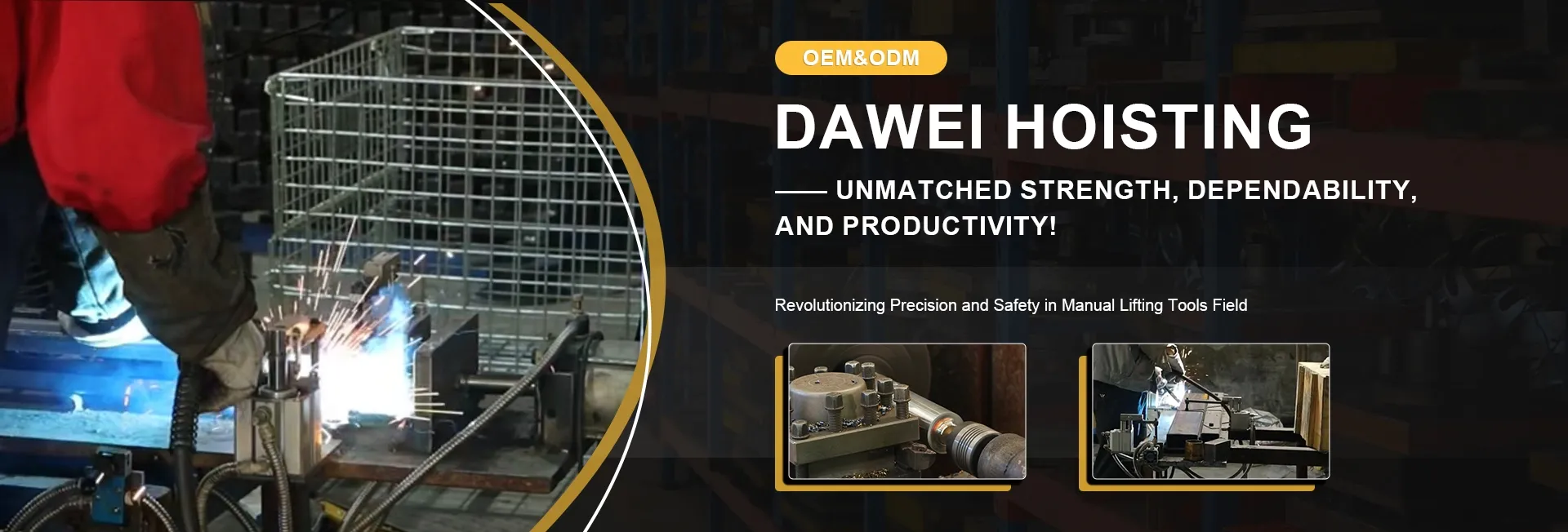Understanding the Functionality and Applications of Gantry Cranes in Industrial Settings
The Evolution and Importance of Gantry Cranes in Modern Industry
Gantry cranes have become an indispensable part of modern industrial operations, revolutionizing the way heavy materials are transported and handled. These robust structures, capable of lifting substantial weights with precision and ease, have evolved significantly over the decades, adapting to various industrial needs and advancements in technology.
What is a Gantry Crane?
A gantry crane is a type of overhead crane that consists of a hoisting mechanism mounted on a movable platform supported by gantry legs. The gantry crane can straddle an object, allowing it to lift and move loads across a defined area. They are commonly used in outdoor construction sites, shipping yards, and warehouses, making them ideal for transporting heavy items such as shipping containers, steel beams, and heavy machinery.
Historical Background
The concept of the gantry crane dates back to the early 20th century. Originally, these cranes were designed for use in shipyards, where the need for lifting heavy loads was paramount. The first models were simple in design and often operated manually. However, as industries expanded and technological advancements were made, the design and functionality of gantry cranes also evolved.
By incorporating electric hoists and automatic controls, modern gantry cranes can now lift loads exceeding several hundred tons, with computer-aided design making them more efficient and easier to operate. This development significantly increased safety and productivity in construction and manufacturing industries.
Types of Gantry Cranes
Gantry cranes can be classified into several types, each serving specific applications
1. Full Gantry Cranes These cranes feature two legs that run on a rail system and provide a high level of stability. They are often used in large-scale operations due to their ability to handle heavy loads with great accuracy.
2. Semi-Gantry Cranes Similar to full gantry cranes, semi-gantry cranes have one leg that runs on a rail while the other is fixed. This design is typically used in situations where space is limited.
3. Portable Gantry Cranes These lightweight cranes are easily movable and are often used in smaller operations for lifting and moving loads within confined spaces.
gantry crane

4. A-frame Gantry Cranes These cranes feature an A-frame design and are popular in workshops and smaller facilities due to their versatility and ease of assembly.
Each of these variations allows businesses to select the appropriate gantry crane that aligns with their operational needs and space availability.
Advantages of Gantry Cranes
The integration of gantry cranes into industrial operations offers numerous advantages
- Enhanced Safety With their sturdy construction and advanced control systems, gantry cranes significantly reduce the risk of accidents associated with manual lifting and moving heavy loads.
- Increased Efficiency Gantry cranes streamline the material handling process, allowing workers to move heavy objects quickly and safely. This efficiency translates into improved productivity on job sites.
- Versatility Gantry cranes can be adapted for various applications, and their design can be tailored to meet specific needs. This adaptability makes them suitable for different industries, from construction to manufacturing and shipping.
- Cost-Effectiveness While the initial investment for a gantry crane can be substantial, the long-term savings in labor costs and increased productivity often justify the expense.
Future Trends
Looking ahead, the future of gantry cranes seems promising, with advancements in technology paving the way for smarter systems. Innovations such as automation, remote operation, and integration with IoT (Internet of Things) devices are expected to further enhance the functionality and efficiency of gantry cranes. These advancements will enable better load management, predictive maintenance, and even autonomous operation, making gantry cranes a pivotal component of smart factories and logistics operations.
Conclusion
In conclusion, gantry cranes represent a significant innovation in the field of material handling. Their evolution from simple manual devices to sophisticated, automated systems highlights their importance in various industries. As technology continues to advance, the role of gantry cranes will only become more vital, further enhancing efficiency, safety, and productivity in handling heavy loads. Whether in shipyards, construction sites, or manufacturing plants, gantry cranes will remain a key asset in driving industrial progress.
-
Permanent Magnetic LiftersNewsNov.01,2024
-
Operations with an Adjustable CraneNewsNov.01,2024
-
Machine Moving SkatesNewsNov.01,2024
-
Industrial Lifting MagnetsNewsNov.01,2024
-
Effective Machinery MovingNewsNov.01,2024
-
Adjustable Gantry CraneNewsNov.01,2024
-
Unlock the Power of Lifting with Permanent Magnetic LiftersNewsOct.11,2024
